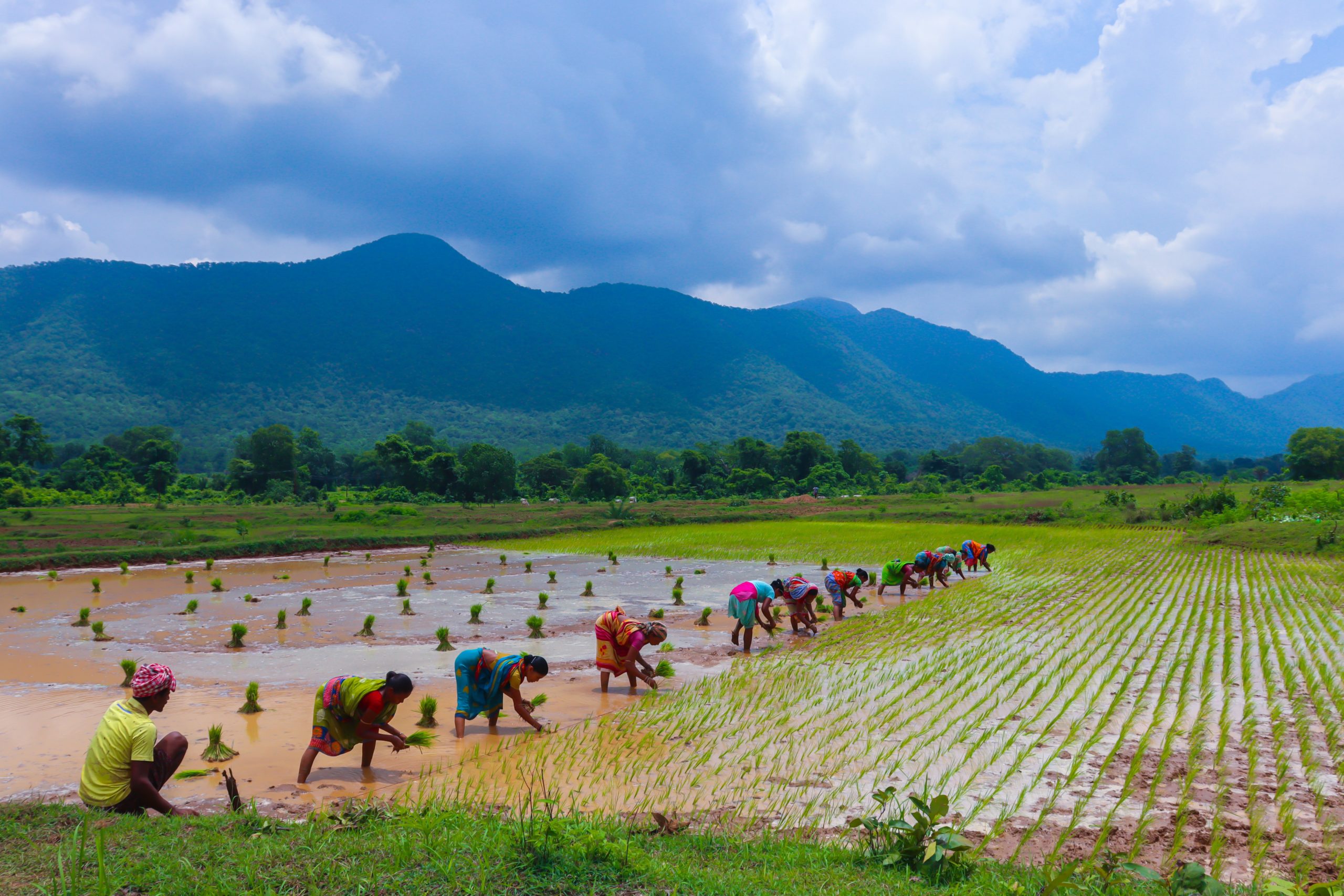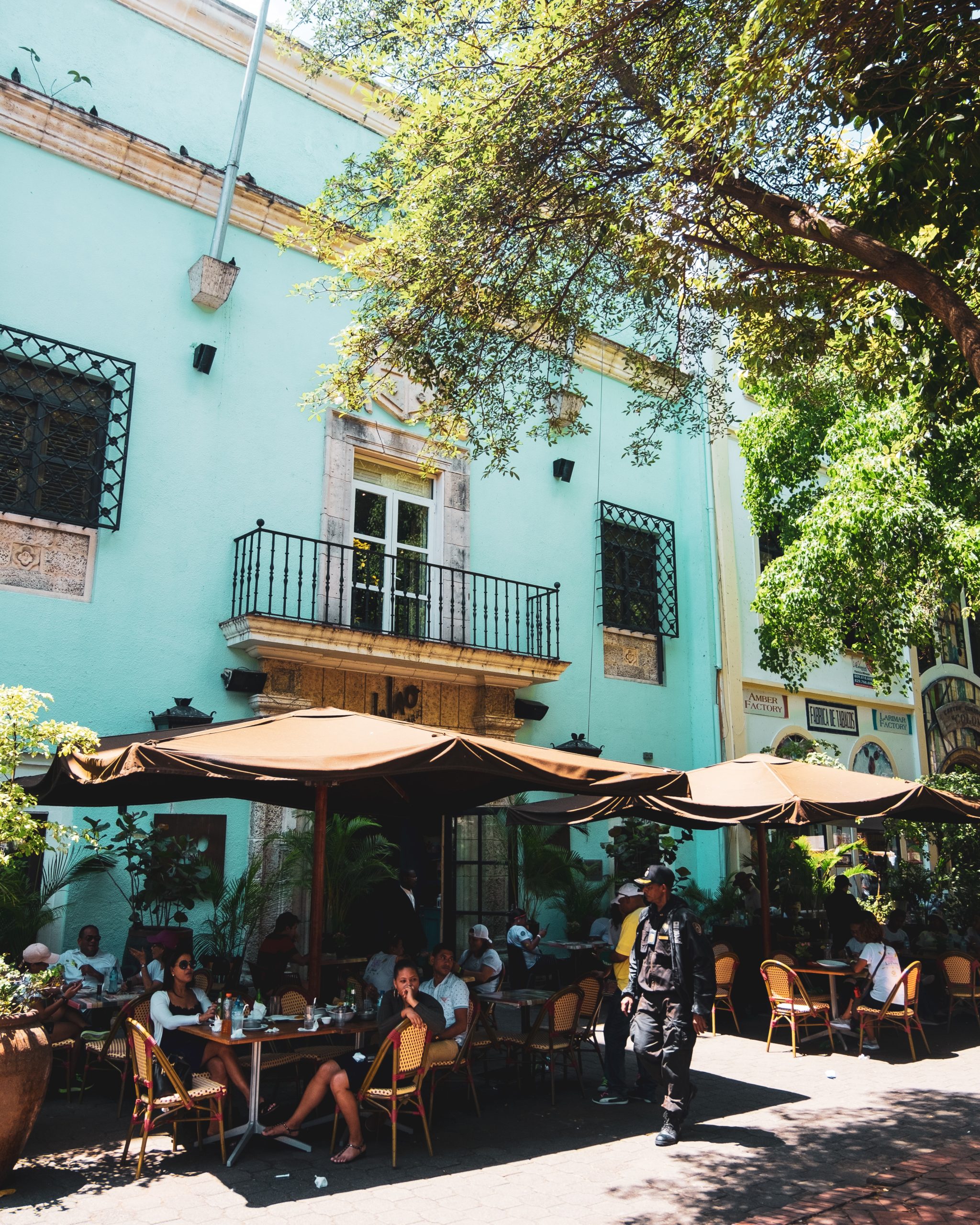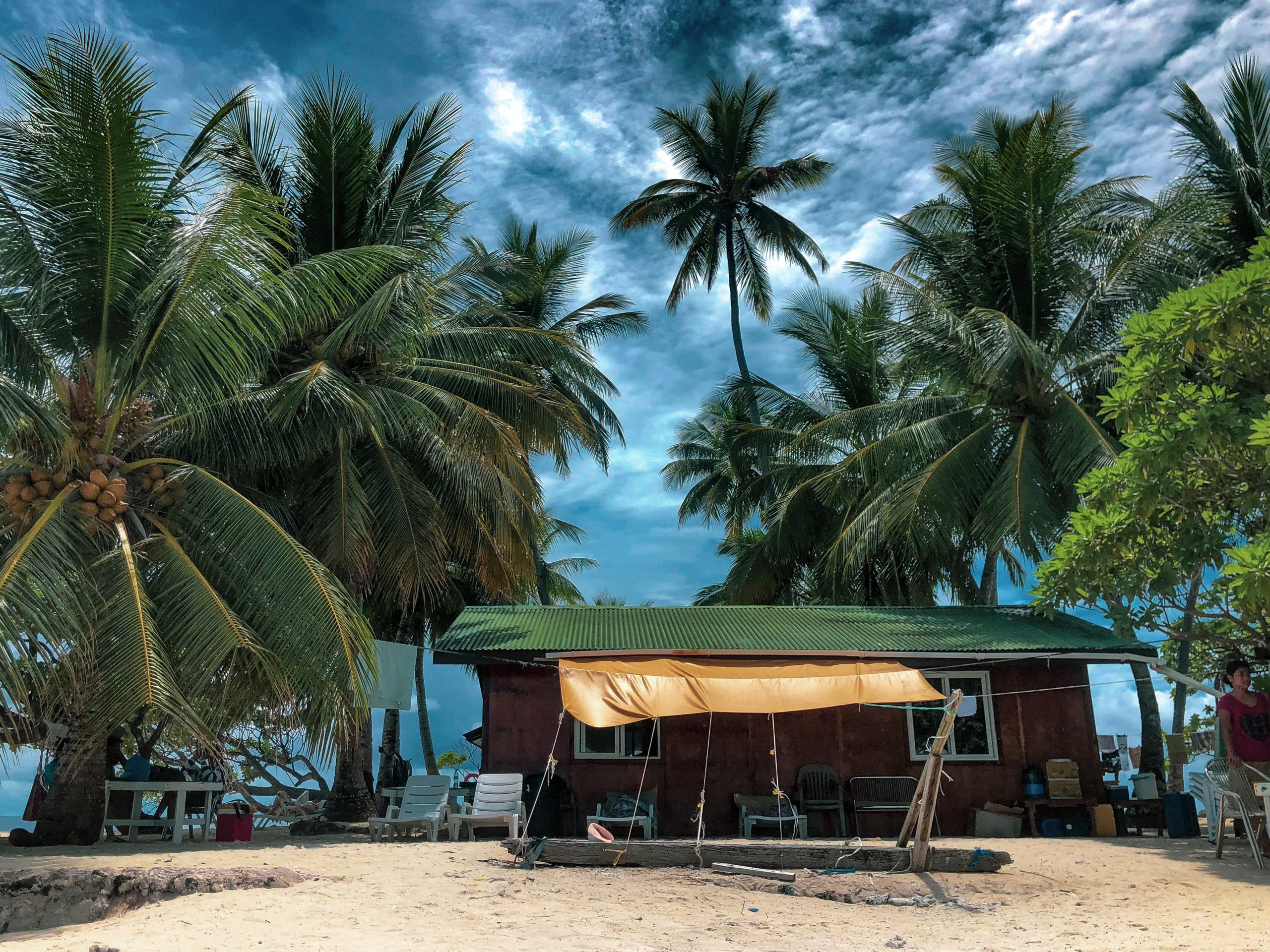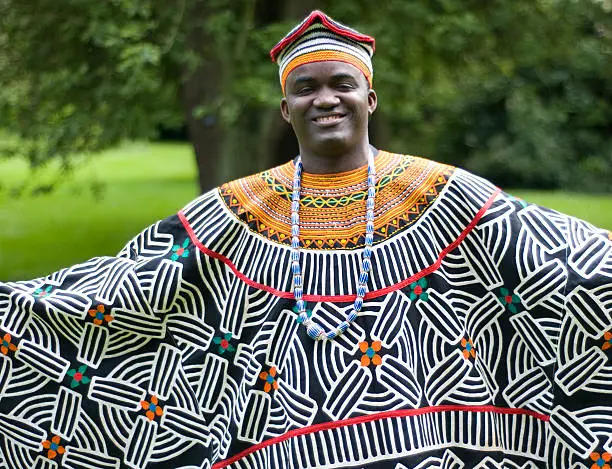The capital of Sint Eustatius, which is an island in the Caribbean, is Oranjestad. On October 10, 2010, the island of Sint Eustatius joined Bonaire and Saba as an “extraordinary municipality” of the Netherlands. The Netherlands Antilles as a separate country no longer exists as a country on its own. St. Eustatius loves its island’s natural beauty. Statia’s real wealth is thought to be its natural beauty. Because of this, people try not to bring too many tourists to the area. St. Eustatius is a tropical island with its own unique history, ecosystems, and places where rare and exotic animals live. More than 35 species, including trees, snakes, sea turtles, birds, whales, and fish, are in danger of going extinct or are close to it. Statia has a lot of natural beauty, like coral reefs, seagrass beds, rain forests, cacti, and wooded areas. Statia is definitely a place with a lot of different kinds of life. With this in mind, the Public Entity of St Eustatius wants to help Statia reach its full eco-tourism potential by protecting and improving its natural environment and preserving its historical, social, and cultural heritage. Ecotourism is a type of travel in which people don’t harm the environment. St. Eustatius thinks that tourism can be good for the environment and promotes this idea.

Setting up a business
In Sint Eustatius, you might want to set up a legal entity for your business. If you search Google for “set up Sint Eustatius business entity” or “incorporate in Sint Eustatius”, you’ll find a number of companies that can help you do this, as well as some “how-to” articles you can read on your own.
The economy and changes
Sint Eustatius is a country that is growing quickly, and with help from the European Netherlands, a lot of work and money is being put into making life better for the people who live there. Some of the most important things are getting rid of poverty, building public housing, using renewable energy, growing the economy, lowering the cost of living (for things like drinking water and phone calls), improving health care, updating the social security system, and making infrastructure better. Several big projects are already going on or will start soon to make these plans come true. These projects are building a new location for the only high school on the island, the Gwendolyn van Putten School, fixing up the roads, fixing up the port and the medical center, building a new airport boulevard, and building a central city hall where all government departments will be housed together. Since there aren’t many workers and construction companies on this small island, businesses and workers from other countries are often brought in to fill vacancies.
Tourism
Tourism is a big part of the island’s economy, and diving and ecotourism are two of its most important parts. But there won’t be a lot of people visiting the island. Statistics Netherlands says that 3,600 people will travel to Sint Eustatius in the year 2021. This number was almost 11,000 in 2019 before the corona crisis. Sint Eustatius has a few hotels, the newest of which is a large, high-end 4-star resort that opened in 2021. It also has an international airport, the FD Roosevelt Airport, which just got a new, modern terminal, but only small planes can take off and land there. WINAIR is the only airline that serves the island right now. Large cruise ships can’t dock at the port, but small yachts often anchor in the bay. See also: How the islands are linked to each other.
Oil market
The American company Prostar Capital’s oil terminal is a place where oil is unloaded and stored. It is used to store oil and/or petrochemical products, and as one of the largest employers on Sint Eustatius, it is an important economic pillar. The oil tanks are above ground and have many openings that lead to pipelines. The oil products go from the tanks to the tankers at sea through these pipelines. On the island, the GTI Statia (GTIS) terminal is run by Prostar. It has 60 tanks that can hold a total of 14 million barrels of oil. GTIS is near important global and regional shipping lanes and serves the cruise and cargo shipping industries on the US Gulf Coast and in the Caribbean. It is one of the largest independent storage terminals for crude oil and refined products in the area. It can fit both ultra-large crude carrier (ULCC) and very large crude carrier (VLCC) ships when they are fully loaded.
You may also find these articles
Market entry to Bermuda
Market entry to Barbados
Market entry to Anguilla







